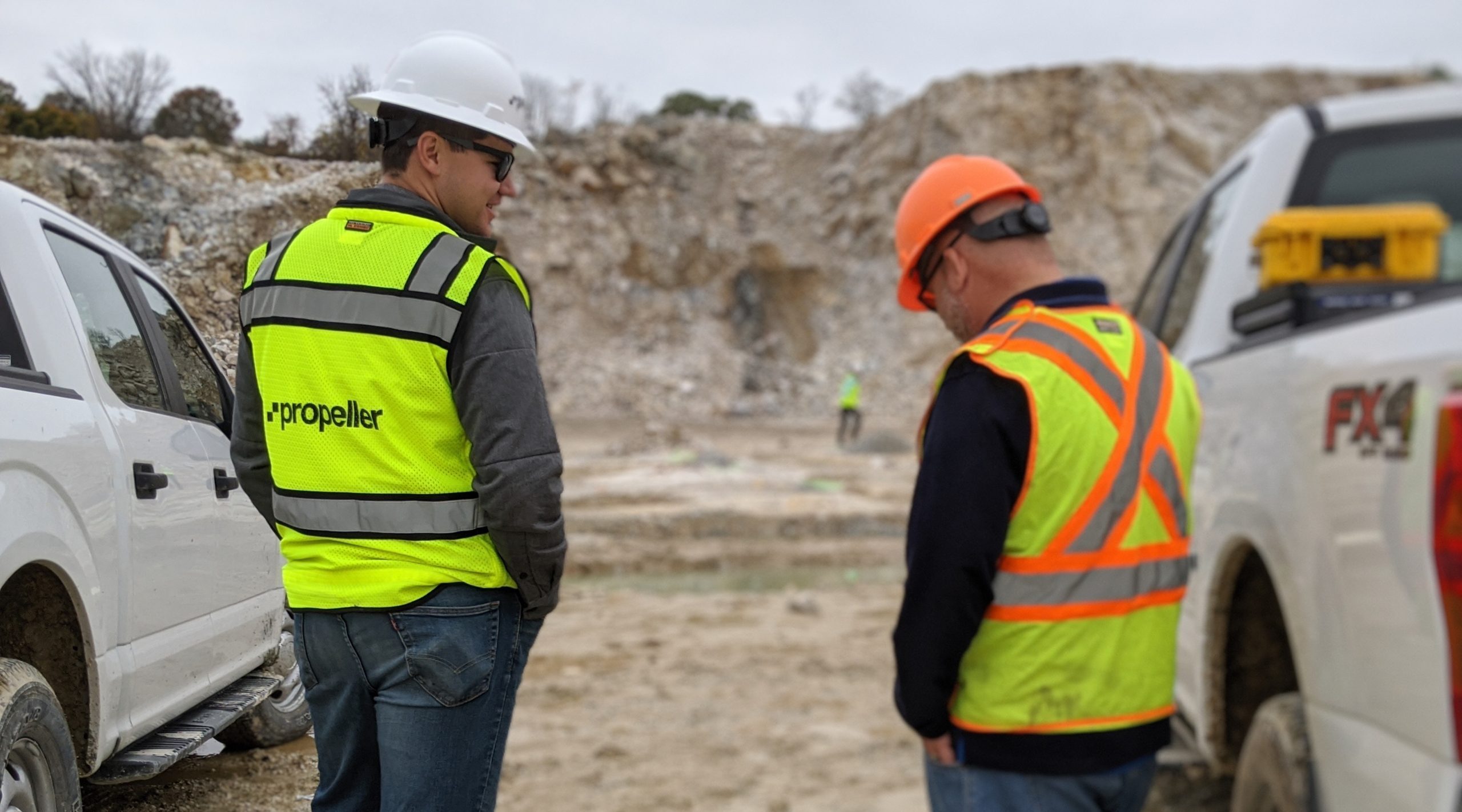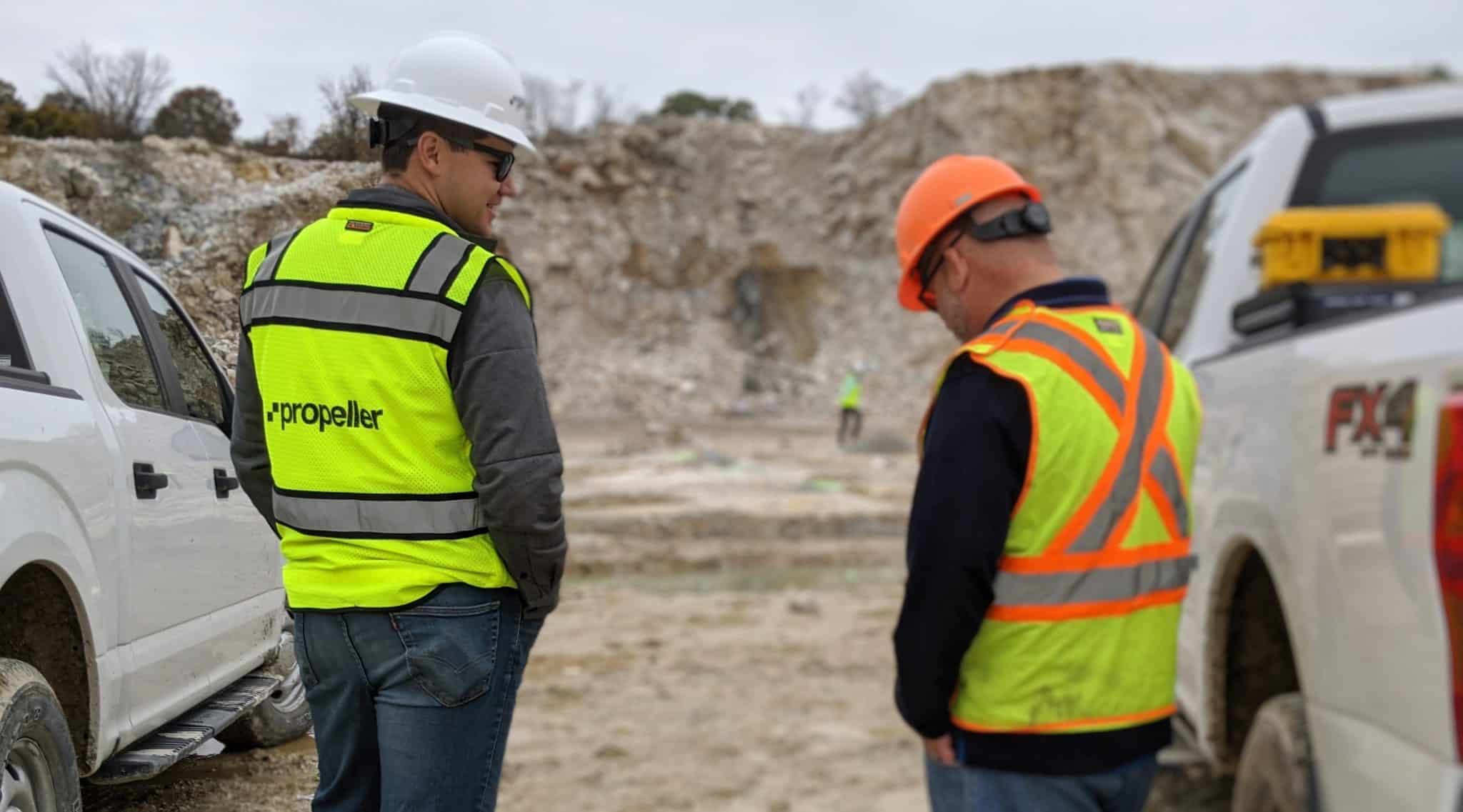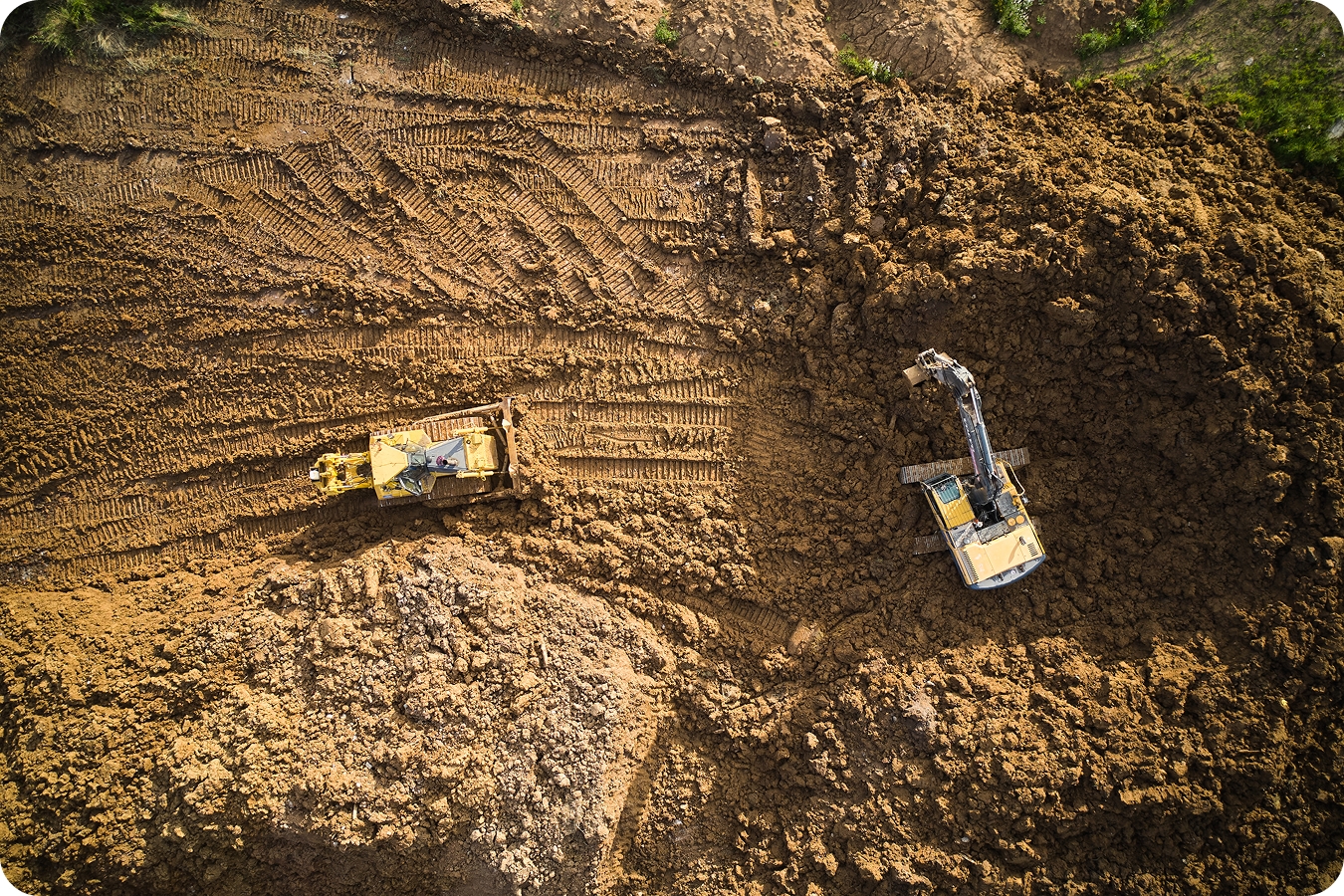Construction projects typically span months or years, and in that time, they involve a lot of different moving parts. It can be tricky to tease apart all of those pieces, and to measure which will contribute to driving efficiency and which will lead to construction project overruns.
Inevitably, with long-term projects of this type, the original plan ends up as more of a guideline than a blueprint. Changes are made along the way, and those changes almost always impact the project budget and lead to cost overruns.
Common causes of cost overrun include:
- Inaccurate project estimates / project scope
- Project design errors
- Unforeseen project changes
- Administration errors
- Poor communication
- Underestimating the timeline required
Design errors or inadequate scope in the original project estimate frequently result in midstream project changes, which increase the overall cost as well as the delivery timeline. Underestimating the timeline can delay other projects from going to bid until a current project is completed. It can also throw off sequencing of related projects, or phasing within large projects.

In short, construction project cost overrun is a huge industry problem that’s costing billions of dollars each year. Want proof? Here are the numbers that bear out that estimate.
Recent studies have found that, on average, nationwide construction projects exceed their budget by 16% at minimum—and often far more. Many lenders recommend including a 20% contingency right off the bat for cost overrun. Imagine a 20% salary increase, and you’ll have a good idea of what a significant expansion this is! And remember, this is an average across all projects, not a one-time overrun.
If you still want more data, we’ve done the legwork. Here are 10 construction project cost overrun statistics you need to know.
1: Nine out of ten projects experience cost overrun
The vast majority of construction projects completed in twenty countries over the course of a 70-year period—85%, to be exact!—experienced cost overrun. The overall average overrun was 28%. The company that can nail the estimate process and keep a project running on budget will therefore have an enormous advantage over the competition.
2: In three years studied, only 31% of all projects came within 10% of their budget
Just 25% of projects came within 10% of their original deadlines over that same time period.
3: Large projects take 20% longer to finish than expected, and are up to 80% over budget
The same McKinsey study found that construction productivity has declined in some markets since the 1990s.
4: Construction material costs rose by 10% in 2019
The 10% rise in material costs far exceeds the overall inflation rate of 1.8% in 2019. It also means that efficiency with material quantities is more important than ever. The stakes of waste grow increasingly higher year over year.
5: Poor communication is the root cause of project failure one third of the time
A PMI study found that poor communication leads to one third of construction project failures. In this study, “failure” meant overrun of cost or timeline (or both). The same study found that communication problems had a negative impact on projects more than half the time.
6: 45% of construction professionals report spending more time than expected on non-optimal activities
What were these non-optimal activities? The biggest culprits were fixing mistakes, looking for project data, and managing conflict resolution.
7: 35% of construction professionals’ time is spent on non-productive activities
This means that over 14 hours per week are wasted on unproductive activities like looking for project information, resolving conflicts, and managing mistakes and rework.
8: Productivity changes could save the industry $1.63 trillion per year
According to McKinsey, boosting productivity could save nearly $1.7 trillion annually. That’s a huge impact from tidying up roughly 14 hours of work each week per person!
9: 75% of construction companies provide employees with mobile devices—but only 21.7% actively use mobile apps
Speaking of productivity gaps, that’s a huge missed opportunity. The vast majority of companies purchase and supply their PMs and field superintendents with mobile devices, but less than a quarter use three or more mobile apps on projects.
10: 61% of respondents report that technology reduced project error
With project cost overrun abounding, what can companies do to improve performance and shore up their bottom line? We may be biased, but the numbers don’t lie. 61% reported that technology processes reduced project error.
Brighter days ahead
Here’s a bonus stat that should leave things on a cheery note—because cost overrun doesn’t have to be part of the new normal for construction. According to the World Economic Forum, full-scale digitization could save $1.2 trillion in the Design & Engineering and Construction phases alone.
There’s an enormous opportunity for construction companies to cast off inefficient processes in exchange for new ones by making use of technology.
Want to see how else drones can help you resolve project disputes? Watch out free webinar, Five Ways to Reduce Disputes (And Drive Profit) on the Worksite.



